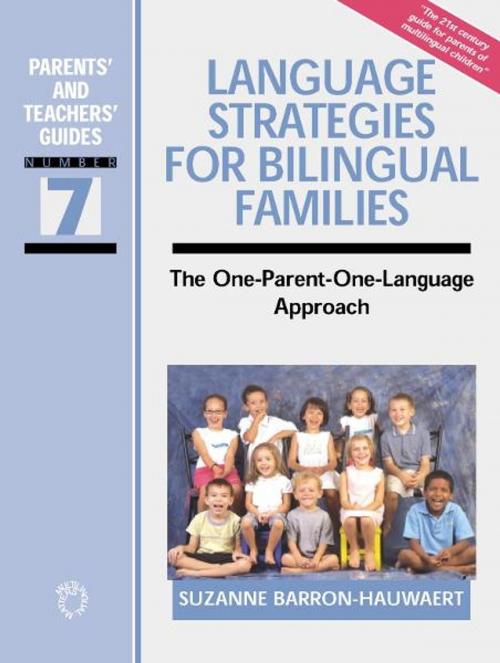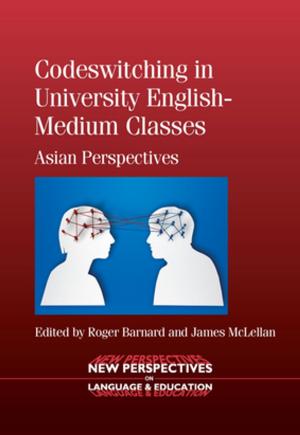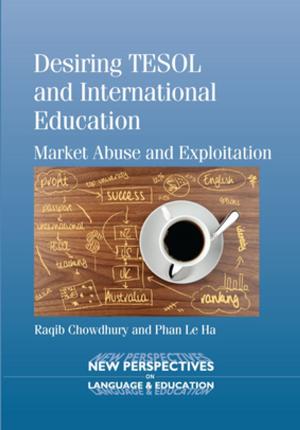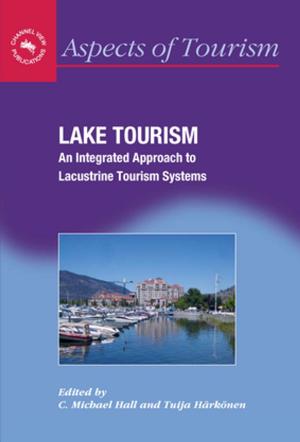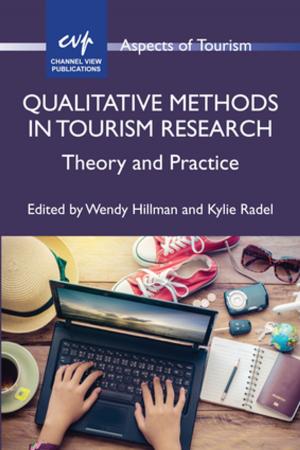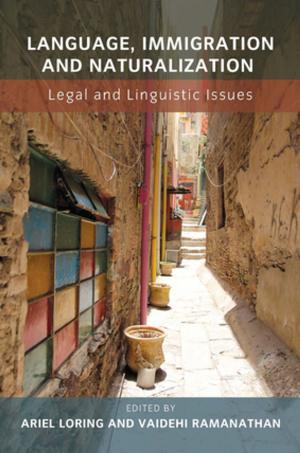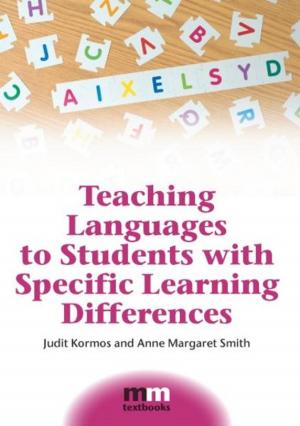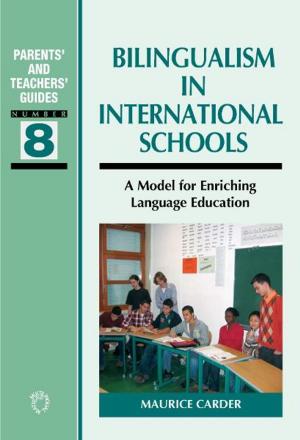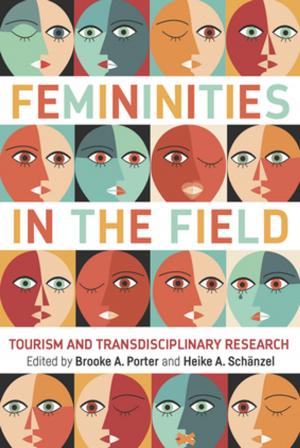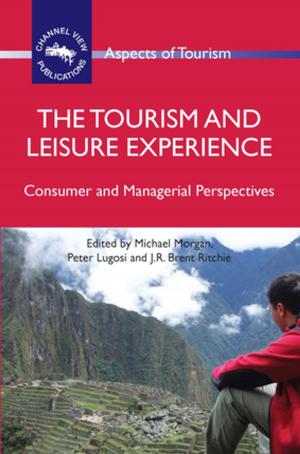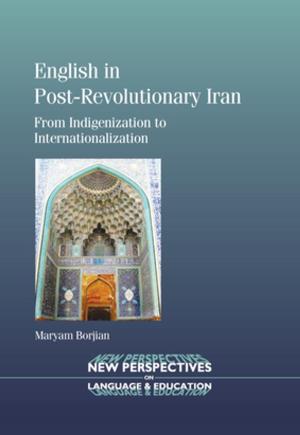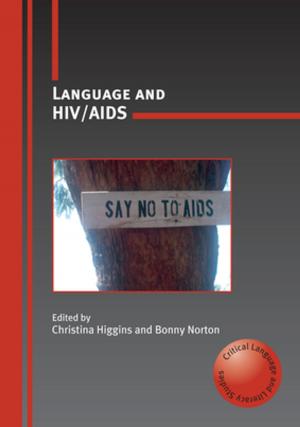Language Strategies for Bilingual Families
Nonfiction, Reference & Language, Education & Teaching, Educational Theory, Bilingual Education, Teaching| Author: | Suzanne BARRON-HAUWAERT | ISBN: | 9781847695758 |
| Publisher: | Channel View Publications | Publication: | May 27, 2004 |
| Imprint: | Multilingual Matters | Language: | English |
| Author: | Suzanne BARRON-HAUWAERT |
| ISBN: | 9781847695758 |
| Publisher: | Channel View Publications |
| Publication: | May 27, 2004 |
| Imprint: | Multilingual Matters |
| Language: | English |
Lots of new parents these days have the opportunity to bring up their child with two or more languages because of increasing job mobility and the global community. The benefits of bilingualism and biculturalism such as higher cognitive skills, an awareness of language and sensitivity to other cultures, are being increasingly recognised. However many parents don’t know how to start, what methods to use or where to seek help when facing problems. Now Suzanne Barron-Hauwaert, a mother of three trilingual children, teacher and linguist who has lived and worked all over the world, has written a book which provides an inspiring approach to passing on two or more languages to your children. In Language Strategies for Bilingual Families she considers several methods of bilingualism and focuses on the one-person one-language approach, in which each parent speaks his or her native language and is responsible for passing on his or her culture. Suzanne questioned over a hundred bilingual families about their experiences and she interviewed thirty families in depth. The results of her study are linked to current academic research, but the book is both readable and relevant to non-academics and provides fascinating insights into being a multilingual family. It will prove an exciting and stimulating read for potential and current mixed-language families.
Lots of new parents these days have the opportunity to bring up their child with two or more languages because of increasing job mobility and the global community. The benefits of bilingualism and biculturalism such as higher cognitive skills, an awareness of language and sensitivity to other cultures, are being increasingly recognised. However many parents don’t know how to start, what methods to use or where to seek help when facing problems. Now Suzanne Barron-Hauwaert, a mother of three trilingual children, teacher and linguist who has lived and worked all over the world, has written a book which provides an inspiring approach to passing on two or more languages to your children. In Language Strategies for Bilingual Families she considers several methods of bilingualism and focuses on the one-person one-language approach, in which each parent speaks his or her native language and is responsible for passing on his or her culture. Suzanne questioned over a hundred bilingual families about their experiences and she interviewed thirty families in depth. The results of her study are linked to current academic research, but the book is both readable and relevant to non-academics and provides fascinating insights into being a multilingual family. It will prove an exciting and stimulating read for potential and current mixed-language families.
